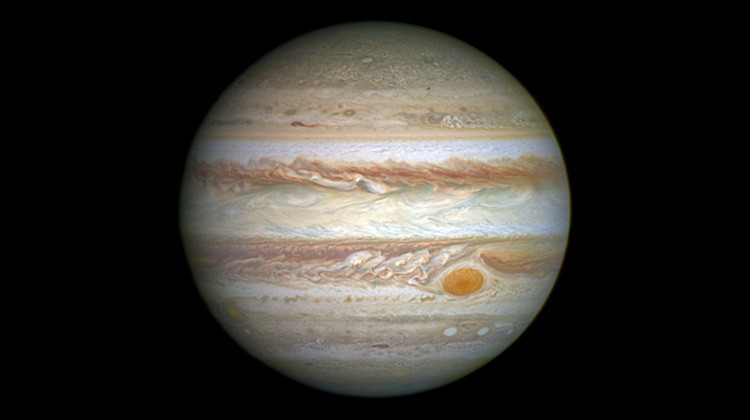Moon, Comet NEOWISE, Jupiter and Saturn
Update: 2020-07-24
Description
There’s a lot in the sky this weekend for anyone with binoculars or a cheap telescope. For one thing, the crescent moon will rise higher in the southwestern sky with each passing day until it reaches its first quarter phase on Sunday evening. A quarter moon--what some call a half moon--is one of the best phases to view through a telescope because the shadow, or lunar terminator, appears to move the fastest across the moon’s surface during this phase. So fast that you can sometimes actually see surface detail like craters and mountains illuminate in real time if you watch long enough.
But the object everyone’s talking about is Comet NEOWISE. To find it, imagine the Big dipper is horizontal with the cup to the right. Then imagine another cup underneath that one to get the spacing right. Scan underneath that imaginary Big Dipper cup slowly with binoculars. When you see a dim, fuzzy, blueish light, you’ve found it.
If you’re up for more after looking at the Moon and Comet NEOWISE, turn to the southeast for two bright planets--Jupiter and Saturn.
Jupiter is the brightest object in the sky behind the moon, so you should have no trouble finding it. Through decent binoculars, you may be able to see Jupiter’s four largest moons. If you have a larger telescope with lots of magnification, you may be able to see Jupiter’s Great Red Spot On Sunday night around 11pm when it will be in the center, facing Earth.
A little to the left, or East in the sky is a pale yellow dot that doesn’t twinkle. That’s Saturn. Most telescopes should reveal the planet’s famous rings.
Suffice to say there’s plenty to see this weekend, but don’t forget the bug spray.
But the object everyone’s talking about is Comet NEOWISE. To find it, imagine the Big dipper is horizontal with the cup to the right. Then imagine another cup underneath that one to get the spacing right. Scan underneath that imaginary Big Dipper cup slowly with binoculars. When you see a dim, fuzzy, blueish light, you’ve found it.
If you’re up for more after looking at the Moon and Comet NEOWISE, turn to the southeast for two bright planets--Jupiter and Saturn.
Jupiter is the brightest object in the sky behind the moon, so you should have no trouble finding it. Through decent binoculars, you may be able to see Jupiter’s four largest moons. If you have a larger telescope with lots of magnification, you may be able to see Jupiter’s Great Red Spot On Sunday night around 11pm when it will be in the center, facing Earth.
A little to the left, or East in the sky is a pale yellow dot that doesn’t twinkle. That’s Saturn. Most telescopes should reveal the planet’s famous rings.
Suffice to say there’s plenty to see this weekend, but don’t forget the bug spray.
Comments
In Channel














